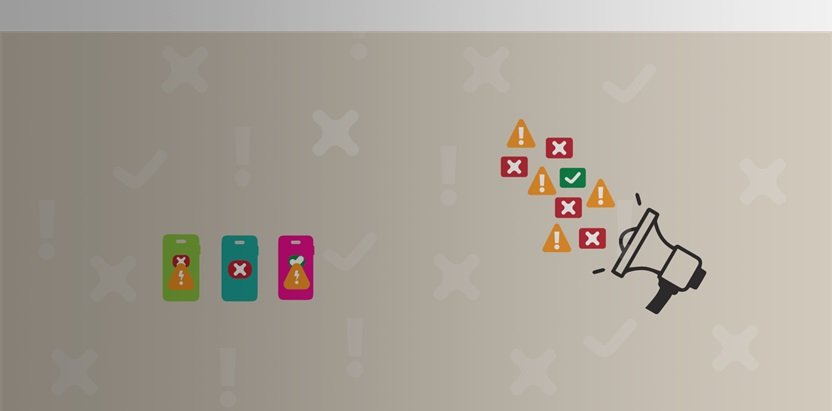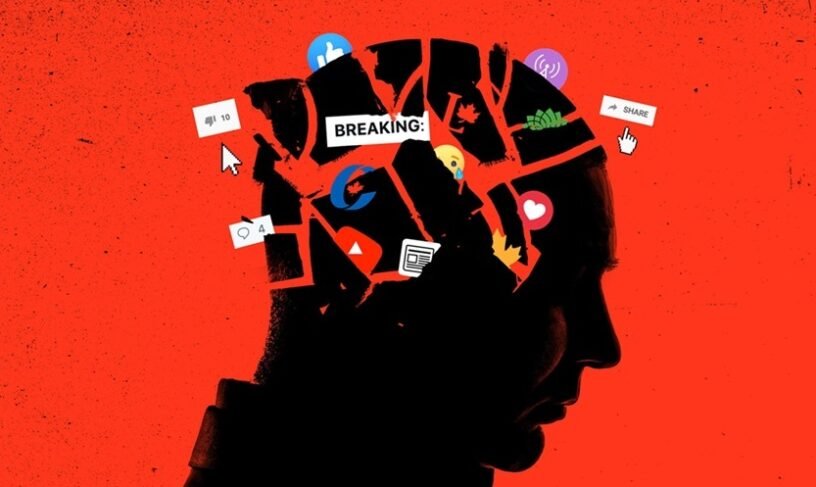Table of Contents
Introduction – Counter Misinformation
In an age where information spreads rapidly, misinformation has become a significant challenge. From social media rumors to misleading news articles, false information can shape opinions, influence decisions, and even affect public health. So, how do we counter misinformation effectively? Let’s dive into the strategies and techniques aimed at reducing its spread and impact, ensuring a well-informed society.
What is Misinformation?
Misinformation refers to false or inaccurate information spread regardless of intent. It can stem from honest mistakes, misinterpretations, or deliberate attempts to mislead. Regardless of the source, the effects can be damaging, creating confusion and eroding trust in legitimate sources.
Strategies to Counter Misinformation
1. Debunking with Evidence-Based Facts
Debunking involves identifying false information and refuting it with solid, evidence-based facts. This strategy is particularly effective when the correction is timely and clear. For instance, during the COVID-19 pandemic, false claims about treatments and vaccines were rampant. Public health organizations and experts actively debunked these myths, providing accurate information to the public.
Example: When rumors circulated that drinking bleach could cure COVID-19, health authorities quickly debunked this dangerous claim, emphasizing the correct preventive measures and treatments.
2. Prebunking to Build Resilience
Prebunking, or inoculation, involves exposing people to small doses of misinformation along with refutations before they encounter the actual false information. This strategy helps build mental resilience against future misinformation.
Example: Educational campaigns about vaccine safety often include common myths and the facts that debunk them, preparing individuals to recognize and reject misinformation when they encounter it.
3. Media Literacy Education
Teaching media literacy equips individuals with the skills to critically evaluate information sources, discern between credible and non-credible information, and understand the impact of misinformation.
Example: Schools incorporating media literacy into their curricula help students develop critical thinking skills, making them less susceptible to misinformation.
4. Fact-Checking Initiatives
Fact-checking organizations play a crucial role in verifying information and debunking false claims. They use rigorous methods to assess the accuracy of statements made by public figures, media outlets, and viral content.
Example: Websites like Snopes and FactCheck.org provide thorough analyses of controversial claims, offering the public reliable information to counter misinformation.
5. Algorithmic Solutions
Tech companies are increasingly leveraging algorithms to detect and reduce the spread of misinformation. These solutions involve identifying false information patterns and limiting their reach on platforms.
Example: Social media platforms like Facebook and Twitter use machine learning algorithms to flag and limit the visibility of posts containing false information, while also providing context or corrections.
6. Collaboration Among Stakeholders
Combating misinformation requires a collaborative approach involving governments, tech companies, media organizations, and civil society. By working together, these stakeholders can develop comprehensive strategies to address misinformation.
Example: During elections, governments often collaborate with tech companies to monitor and mitigate the spread of false information, ensuring a fair and informed electoral process.
7. Promoting Transparency
Transparency in information dissemination and correction builds public trust. Organizations that openly share their sources and methods for fact-checking and debunking are more likely to be trusted by the public.
Example: News outlets that provide detailed explanations of their fact-checking processes and sources foster greater trust among their audiences, reducing the influence of misinformation.

Real-Life Impact of Countering Misinformation
Public Health
Accurate information is critical in public health. During health crises, misinformation can lead to harmful behaviors and increased risks. Effective counter-misinformation strategies help ensure that the public follows appropriate health guidelines.
Example: During the Ebola outbreak, misinformation about transmission methods led to unnecessary panic. Efforts by health organizations to provide clear, accurate information helped calm fears and promote proper prevention practices.
Political Stability
Misinformation can undermine political processes and stability. By ensuring that the public has access to accurate information, democratic institutions can function more effectively, and electoral integrity is maintained.
Example: Fact-checking during elections helps voters make informed decisions based on accurate information, reducing the impact of false claims and manipulative tactics.
Social Cohesion
Misinformation can sow discord and division within societies. By promoting factual information and fostering critical thinking, societies can build a more cohesive and informed populace.
Example: Community initiatives that encourage dialogue and fact-based discussions help bridge divides and counteract the polarizing effects of misinformation.
Conclusion – Counter Misinformation
Countering misinformation is essential for maintaining an informed and resilient society. By employing strategies like debunking, prebunking, media literacy education, fact-checking, algorithmic solutions, stakeholder collaboration, and promoting transparency, we can reduce the spread and impact of false information. These efforts not only protect public health and political stability but also foster social cohesion and trust. Embrace these strategies and contribute to a well-informed community.




Leave a Reply